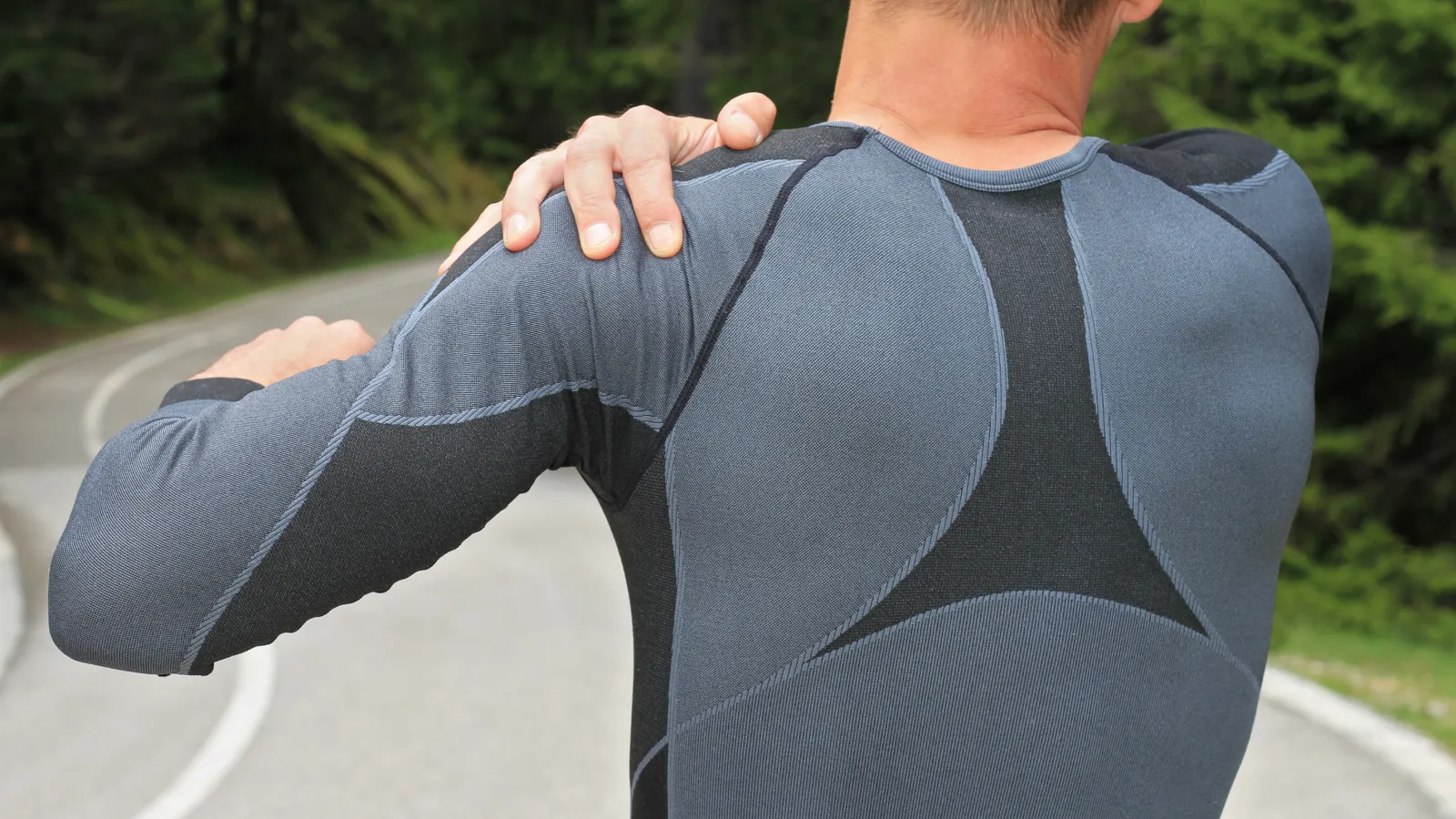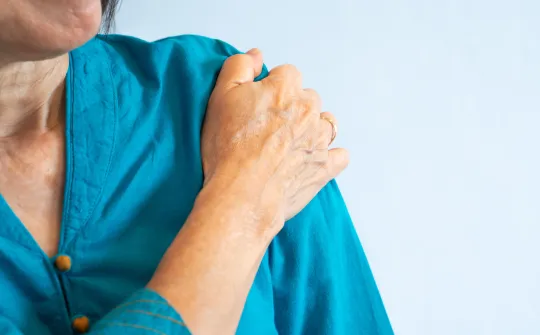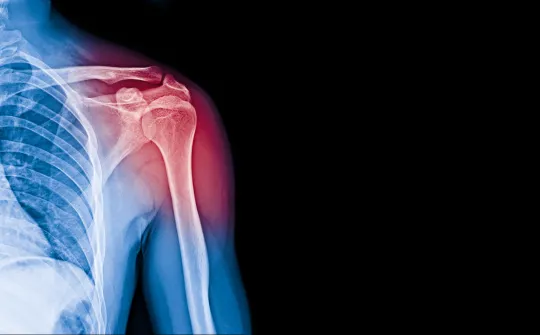
Full Shoulder Replacement
Full Shoulder Replacement Surgery
A full shoulder replacement surgery involves replacing the head of the humerus (upper arm bone) with a metal ball, and placing a plastic surface in its socket. Dr. Edward Seade performs full shoulder replacement at our Austin, TX, practice to help patients suffering with arthritis, severe fractures, and other conditions. He recommends this surgery only if more conservative treatments fail relieve painful symptoms. Following an exam, Dr. Seade can determine if shoulder replacement is the best solution for your needs.

Full Shoulder Replacement Candidates
Dr. Seade often performs full shoulder replacement surgery to help patients with severe pain resulting from arthritis, including osteoarthritis and rheumatoid arthritis. Meanwhile, some fractures may compromise the joint to such a degree that complete replacement is the best solution. Since the procedure requires open surgery, Dr. Seade prefers to try more conservative treatments first, such as physical therapy, cortisone injections, and pain medications. If these treatments do not work, he can take x-rays, computerized tomography (CT) scans or MRIs to assess the condition of the shoulder.
Since the procedure requires open surgery, Dr. Seade prefers to try more conservative treatments first, such as physical therapy, cortisone injections, and pain medications.
Some patients may be better candidates for a partial shoulder replacement, in which the humeral head is replaced, but not the socket. This procedure is often recommended when the head of the humerus is fractured or arthritic, while the socket, or glenoid, remains in healthy, functional condition.

The Surgical Procedure
Dr. Seade will create a customized treatment plan for you, covering everything from anesthesia to recovery. You will receive either general anesthesia, a regional anesthesia with an interscalene block to numb your shoulder and arm, or both. He will place you in a sitting position for optimal exposure of the shoulder, and create an incision that runs along the shoulder and down your upper arm.
After making the incision, the doctor will separate your deltoid and pectoral muscles to access the shoulder. Next, the anterior muscle of the rotator cuff will be incised to expose the joint. Dr. Seade will remove the damaged humeral head, replacing it with a metal ball attached to a stem that extends down the inside of the humerus. The doctor will then replace the glenoid with a smooth plastic socket, which is cemented into place. He will then suture the incisions before applying a bandage to the surgical site.
Recovery from Surgery
Following surgery, your arm will be immobilized in a sling. Dr. Seade will take x-rays to check the position of the implants. Depending on the stability of the implant and your range of motion, you may begin physical therapy the day after your surgery. Your arm will remain in the sling while the tendons in your shoulder heal. You will regain the use of your wrist and hand fairly quickly, and can regain light use of your whole arm and shoulder in about six weeks. Dr. Seade may release you for desk work two to three weeks after surgery, but it may take four months or longer before you are released for heavy work. If you adhere to your recovery plan, you can eventually return to activities such as golf, tennis, and yoga.
If you adhere to your recovery plan, you can eventually return to activities such as golf, tennis, and yoga.